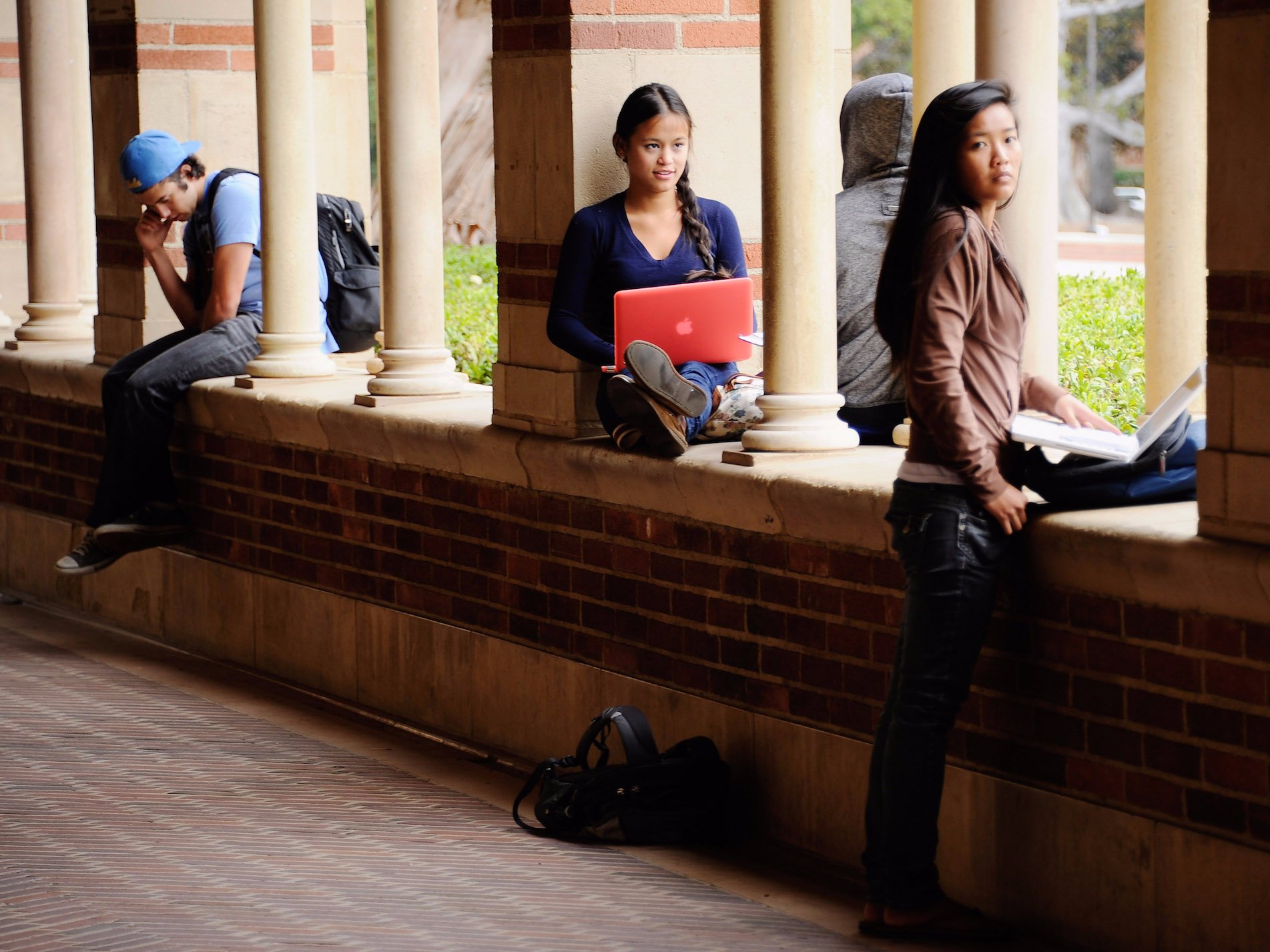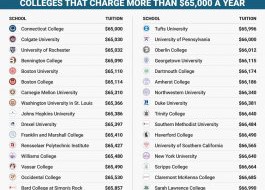 Schools are competing more and more on tuition costs.Kevork Djansezian/Getty
Schools are competing more and more on tuition costs.Kevork Djansezian/Getty
You know those ridiculous tuition prices you hear horror stories about? It turns out they are largely fictional — at least for many private colleges.
The percentage of freshmen paying full sticker price at private colleges fell to an all-time low of just 12% during the past year. And on average, private-college freshmen got grants to cover a record 56% of their pricey tuition, according to a survey released today by the National Association of College and University Business Officers.
As result, the actual net price paid by this year's private college freshmen for the 2016-17 academic year was slightly lower, after accounting for inflation, than the price paid by freshmen in the fall of 2015, NACUBO found.
The most expensive private colleges — including most Ivy League institutions — charge in excess of $50,000 a year just for tuition. But the average private college charges about $33,500 in tuition, according to the College Board. The typical private school is now awarding freshmen grants averaging about $18,000 a year, according the the new report — bringing average net tuition down to about $15,000 a year.
Of course, those price cut numbers are national averages. At many elite prestigious colleges, where lots of wealthy applicants are eager to pay any price to attend — schools like Brown University, Rice University and Swarthmore — roughly half of the students pay full price.
On the other hand, there are more than 200 private schools, including Duquesne, Marquette, and Ohio Wesleyan, that offer every single freshman at least some scholarship aid. (See MONEY's list of the 91 high-value colleges where every freshman gets a scholarship.)
The good news for today's high school students: The effective price cuts will likely continue for the foreseeable future because of the basic economics of supply and demand, says, Ken Redd, NACUBO's director of research and policy analysis. "You have roughly 3,000 private colleges in the US, chasing after a declining number of potential new students," he says. And whenever demand shrinks, he notes, suppliers tend to have to cut prices to attract customers.
Higher-education economists cite several reasons that a growing number of private schools will likely continue to offer more aid:
Read the original article on MONEY. Copyright 2017. Follow MONEY on Twitter.




